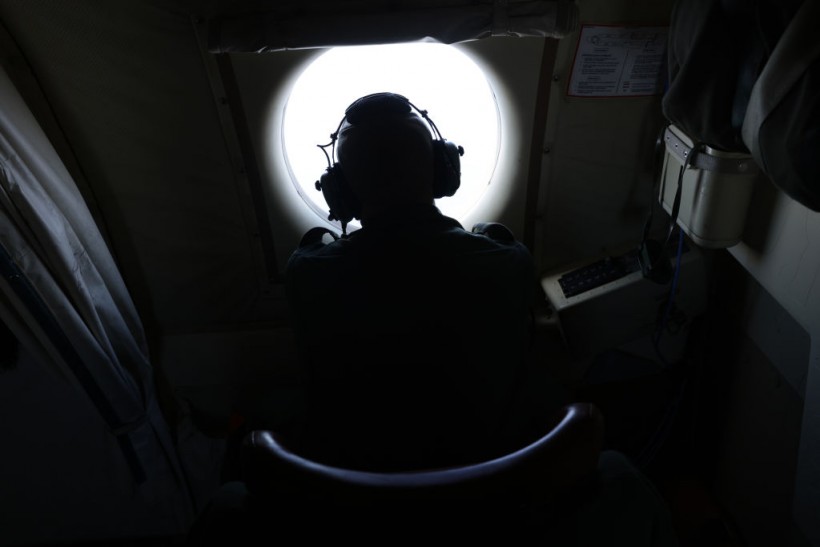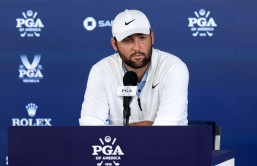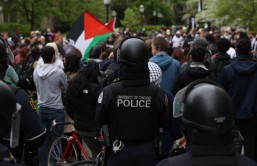In July, at the Vilnius summit, NATO will be revisiting the past by approving secret military plans that will outline how the alliance would respond to a Russian attack.
This is a significant change for NATO, as they have not created large-scale defense plans in decades due to their focus on smaller conflicts in Afghanistan and Iraq.
However, with the belief that post-Soviet Russia no longer posed a major threat, this shift in strategy shows a renewed concern for potential aggression from Russia.
The alliance is alerting that it needs to be prepared with proper planning before any potential conflict with a powerful opponent like Moscow arises, especially with the ongoing devastating war in Ukraine close to its borders, according to Reuters.
Admiral Rob Bauer, a high-ranking NATO military official, explained that crisis management and collective defense have a crucial difference. The affected parties determine the timeline of crisis management, while the collective defense is reliant on the actions of their opponents. Therefore, it's essential to be prepared for any potential conflict that could arise without warning.
NATO will provide guidance to countries on upgrading their military forces and logistics by outlining their regional plans.
NATO's leader, Jens Stoltenberg, stated that confidential papers would be used to determine the necessary resources, such as troops and equipment, and their deployment locations, which would be similar to the Cold War era.
This is in response to Russia's annexation of Crimea in 2014, which compelled Western allies to dispatch soldiers to the east for the first time. Britain, Canada, and Germany each assumed responsibility for one of the Baltic nations.
It's Not Like the Cold War
The current NATO features are similar to those before 1990, but there have been significant changes due to the alliance's expansion and increased membership. With Finland joining, NATO's border with Russia had doubled, which requires a more adaptable approach to deployments than in the past when Germany was considered the primary area of conflict.
According to Ian Hope, a historian at NATO's Supreme Headquarters Allied Powers Europe (SHAPE), the alliance is not getting ready to engage in a massive nuclear war with Moscow and its allies anymore, as many of them have become members of NATO.
NATO is not inclined to increase the number of troops in the eastern region, despite the persistent requests of the Baltic states, due to its openness and clarity about the situation.
Read also: NATO's New Asia Office Boosts Japanese Cooperation, but Membership Remains Out of Reach
It's Not Going To Be Easy
Improving readiness for NATO will be a challenging undertaking. In 2022, NATO decided to increase its number of troops on high alert from 40,000 to 300,000.
However, there are still issues with producing enough weapons and ammunition, as seen with Ukraine's demands. Additionally, NATO needs to update its logistics system to allow for faster deployment of troops via rail or road, which has been neglected for a long time.

(Photo: by Sean Gallup/Getty Images) IN FLIGHT - MAY 16: A crew member aboard a P-3C Orion anti-submarine and maritime surveillance plane of the German Navy scans the sea below for ships on May 16, 2023, over the Baltic Sea. The German Navy is flying surveillance missions over the North and Baltic Seas as part of a NATO effort to monitor ships in the region, especially Russian military surface ships, and submarines.
Stoltenberg has urged leaders to increase the alliance's military spending target as one of the reasons is to fund the implementation of regional plans. This topic will also be discussed in Vilnius.
NATO officials believe that it will take some time to implement the plans, but they emphasize that the alliance is ready for combat at any moment.
Related article: Erdogan To Begin Ratifying Finland's NATO Membership Application








